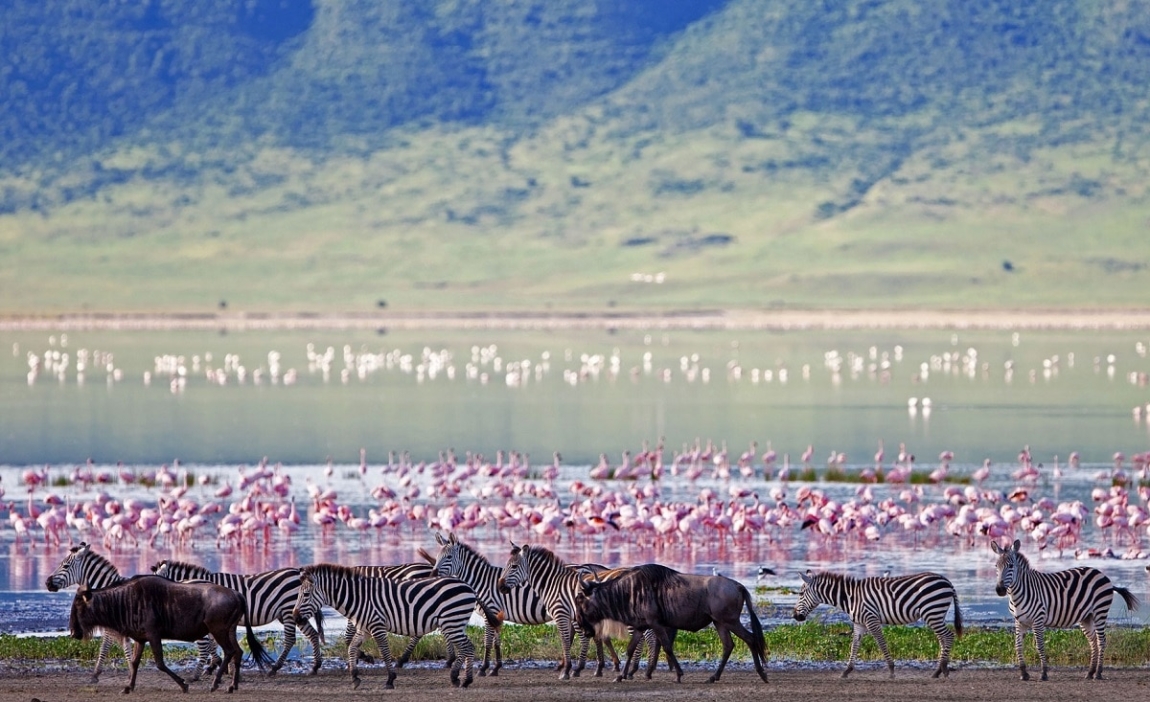The Ngorongoro Crater is a geological wonder nestled in the heart of Tanzania. Here are some fascinating facts about this extraordinary place:
Formation and Geography:
Created by the collapse of a massive volcano millions of years ago, the crater spans 260 square kilometers (100 square miles).
It plunges to depths of around 610 meters (2,000 feet), forming a natural amphitheater.
Biodiversity:
The Ngorongoro Crater is a haven for wildlife. It provides a home for Africa’s diverse animals, including The Big Five: lions, leopards, cape buffaloes, elephants, and rhinos.
Other inhabitants include wildebeest, zebras, gazelles, and various bird species.
Conservation Area:
The Ngorongoro Conservation Area, where the crater is located, is a UNESCO World Heritage Site.
It also contains the famous Olduvai Gorge, a significant paleoanthropological site.
Human History:
The Maasai pastoralists named the crater after the sound produced by cowbells: “ngoro ngoro.”
Evidence shows that hominid species have occupied the area for 3 million years.
European exploration began in the late 19th century, with Oscar Baumann’s visit in 1892.
Wildlife Migration:
The Ngorongoro Conservation Area, along with the adjacent Serengeti National Park, hosts the Great Migration—an annual spectacle of millions of wildebeest, zebras, and other animals. Remember, visiting the Ngorongoro Crater is an unforgettable experience! 🌍🦓🦁

